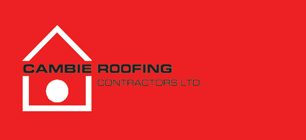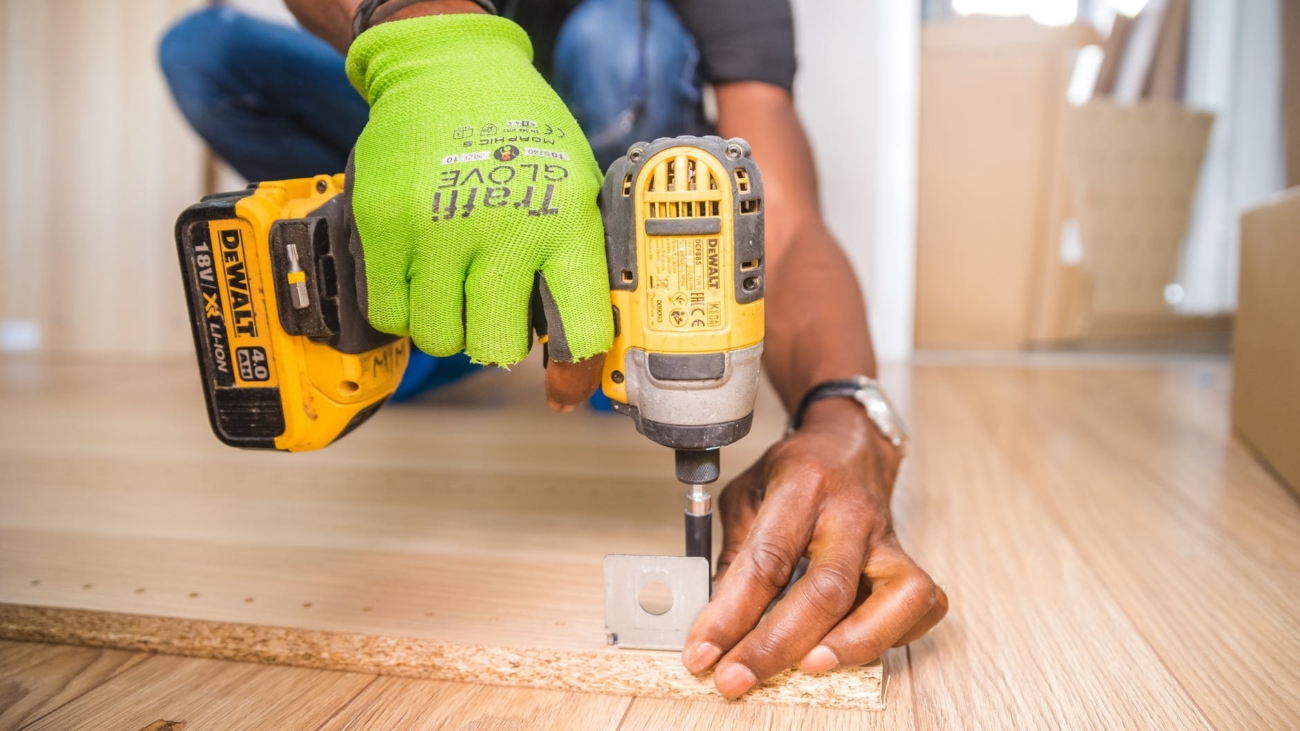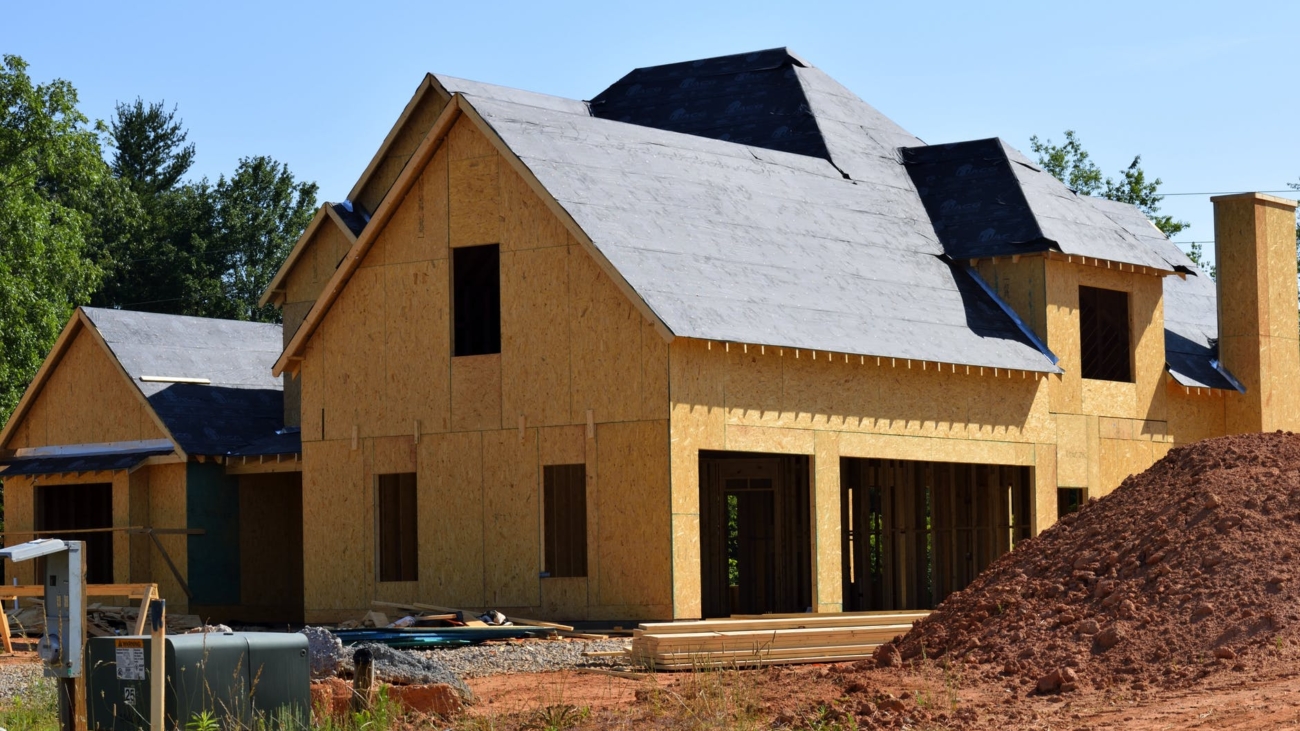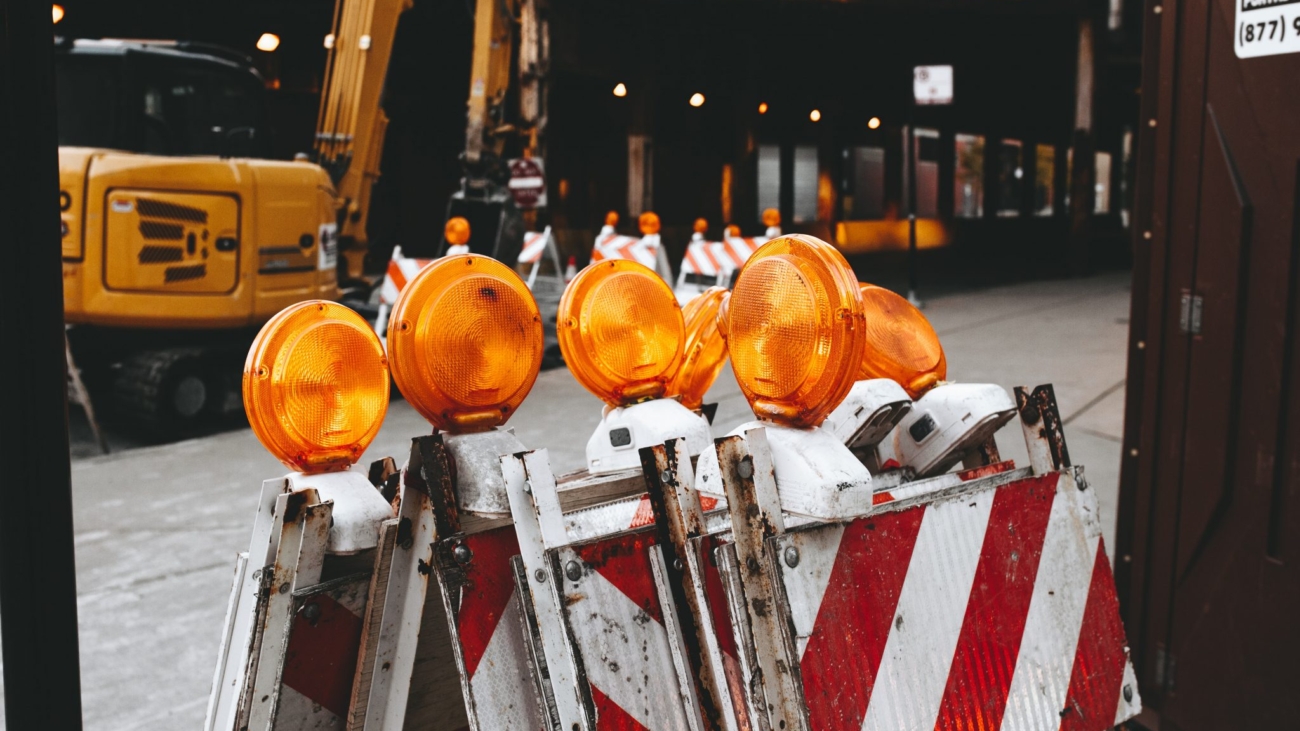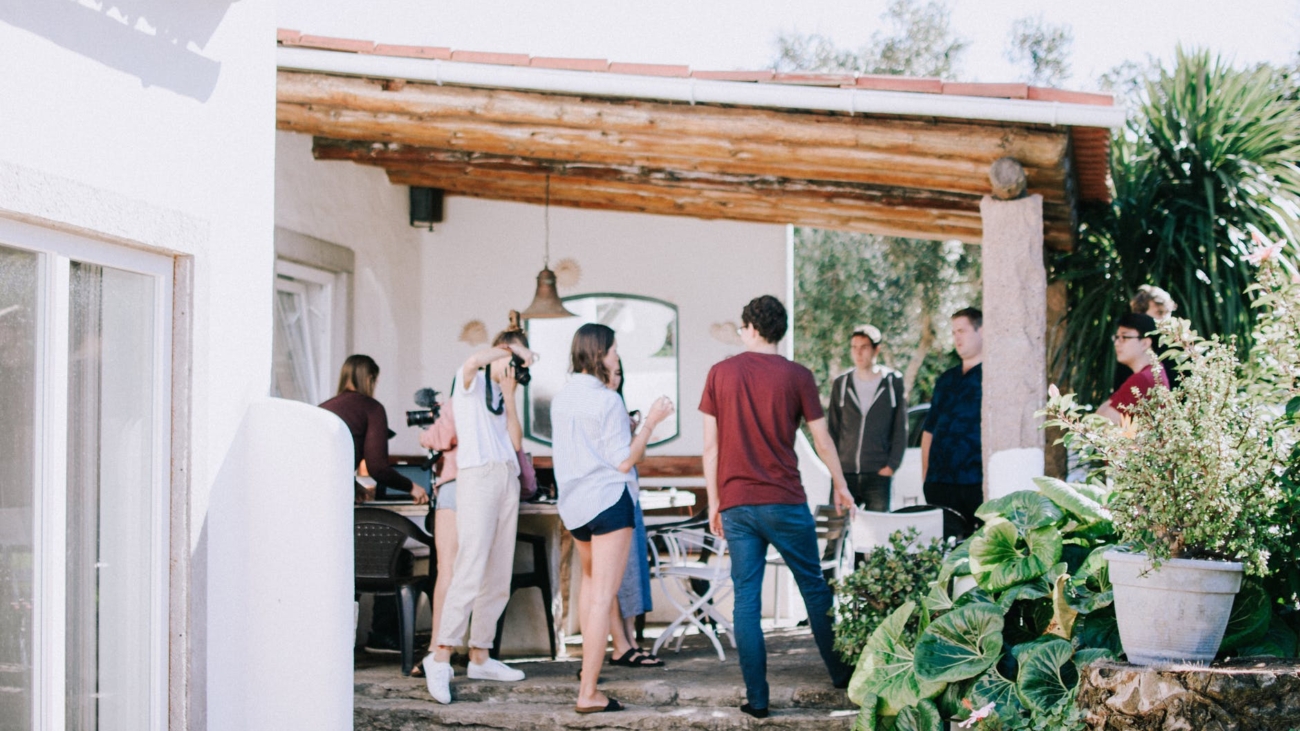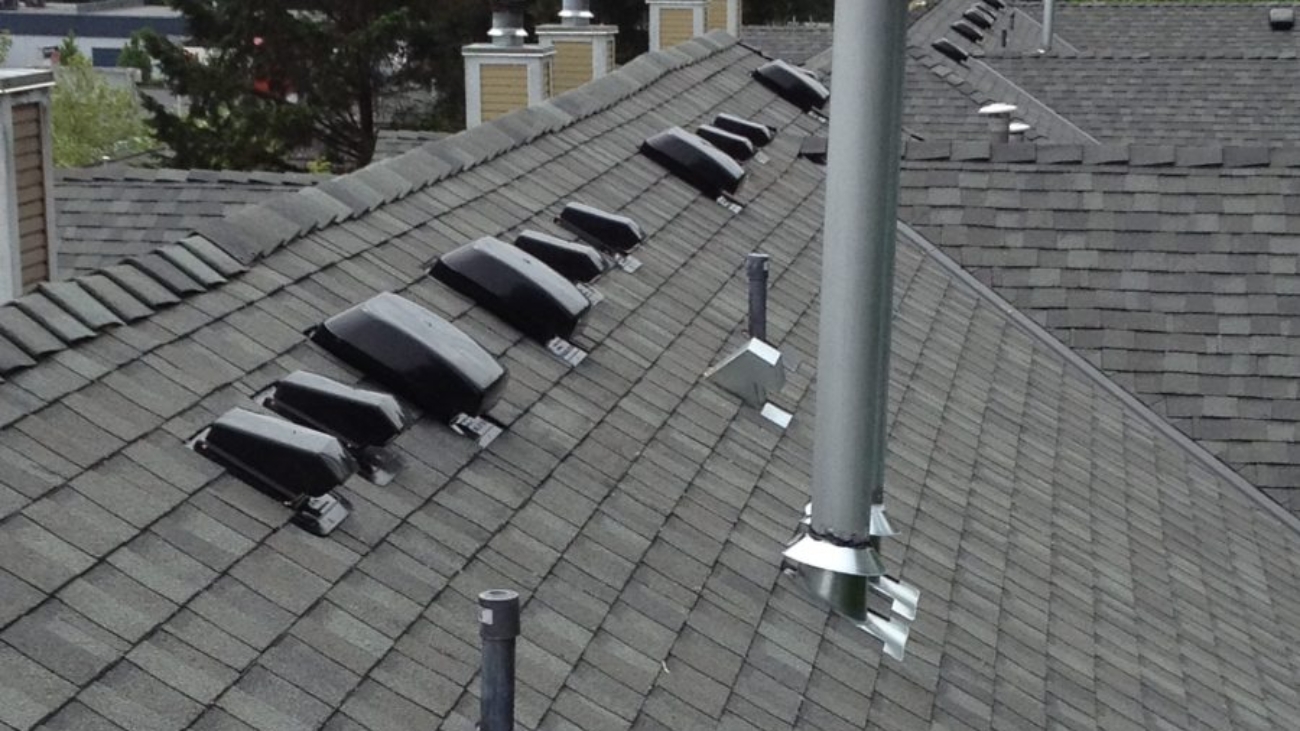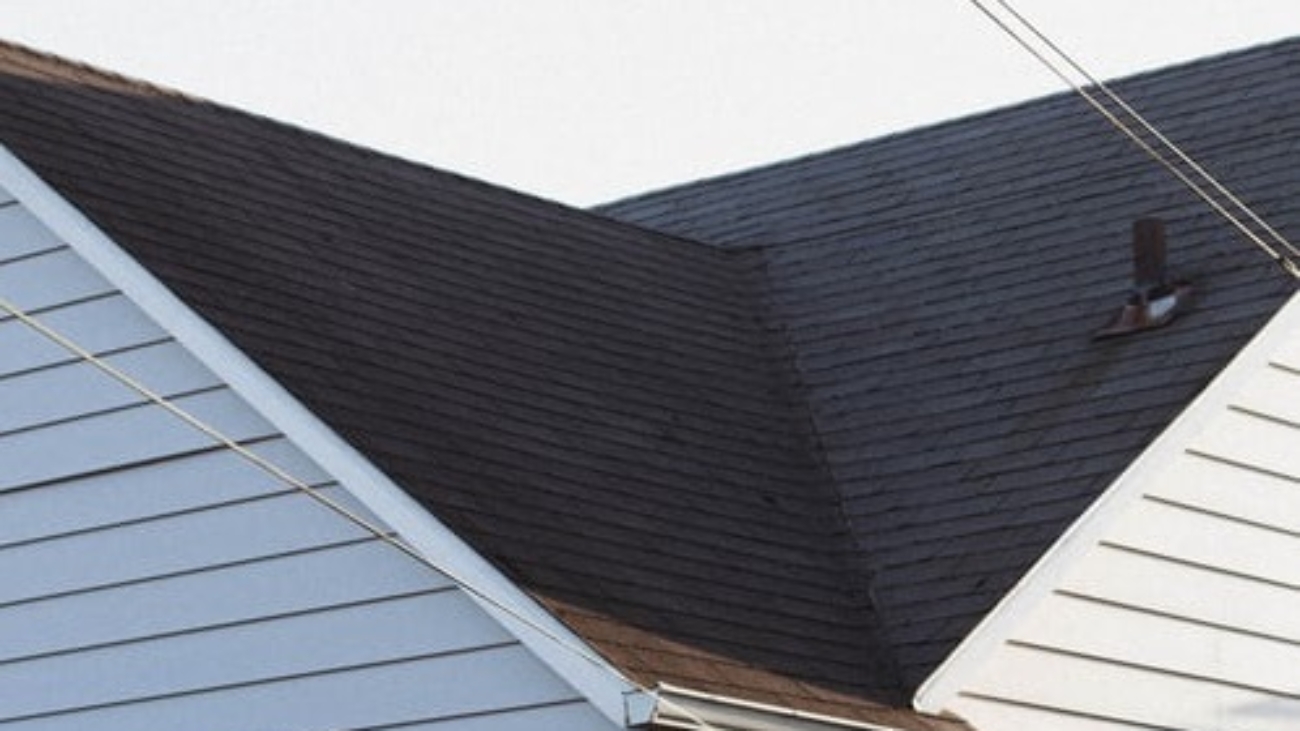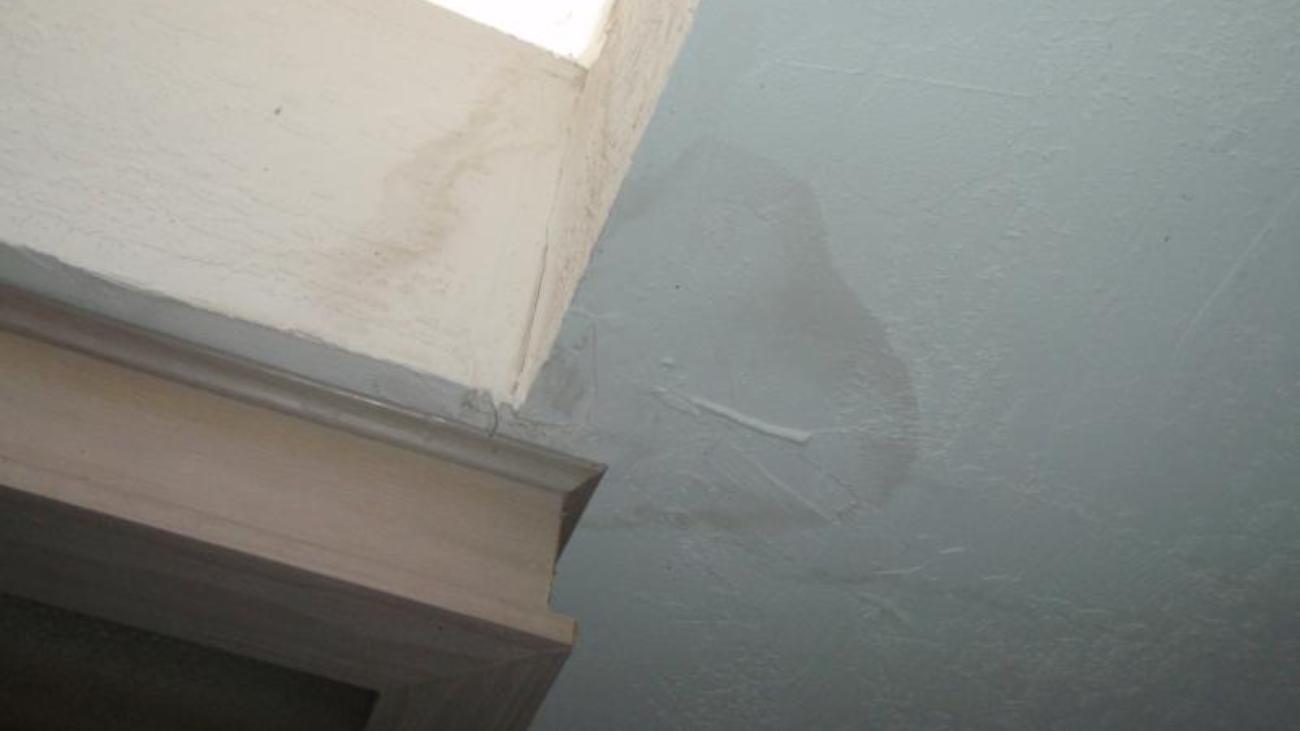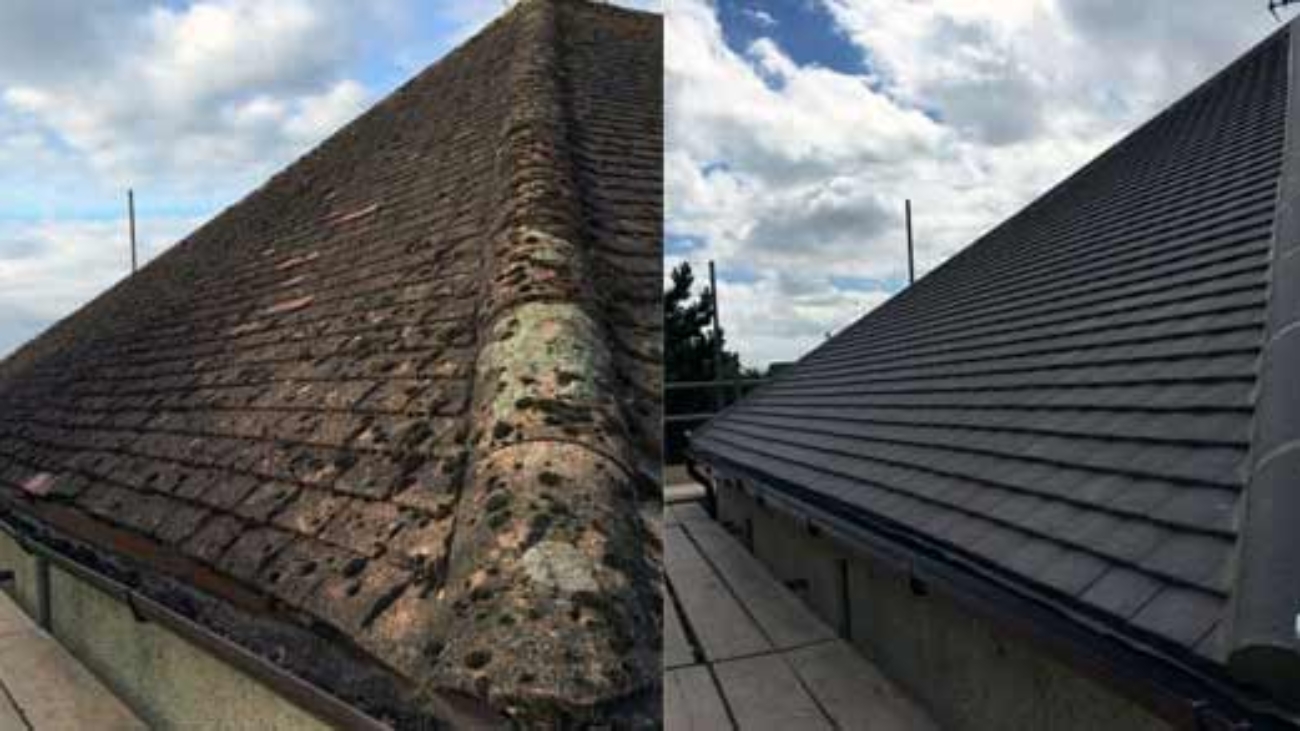As you drive through your Vancouver neighbourhood, the colour of a roof is probably the last thing on your mind. In fact, you will probably only notice a roof if it’s out of place or doesn’t look right. Well, allow us to explain why you should mind about your roofing in Vancouver. Yes, the roof colour in Vancouver tends to blend into the background of the landscape, but did you know your home’s roofing colour affects your home in more ways than one? In this blog post, we explore why the colour of your roof matters.
Vancouver Roofing: Light or Dark Colours?
Unfortunately, there’s no straightforward answer to which is better: light roofs or dark roofs.Ultimately, the best roof colour for your home is the one you like the best and the one that fits in with your neighbouring roofs. But there is a little more than just aesthetics when it comes to roofing colour choices in Vancouver.
How Roof Colour Reflects or Absorbs Heat
Did you know roof colour affects your home’s internal temperature? In general, light-coloured roofs reflect away heat from the sun, while dark-coloured roofs absorb much of that heat and transfer it into the rooms below.
Obviously, if you have a lighter-coloured roof, your home absorbs less heat through the roof during summertime. As a result, your air conditioner operates more efficiently, uses less energy, and leads to lower utility bills.
In contrast, a dark roof likely raises the temperature inside your home’s highest rooms. Your cooling system works harder to compensate for the extra heat, and your bills slowly rise.
However during the colder months, the reverse is true. A dark roof brings in more heat from the sun than a light roof. This feature makes dark roofs advantageous in colder climates with long winters and short summers.
Thankfully in Vancouver we live in a temperate climate which means that there aren’t as hug fluctuations in temperature as there are in other cities. In Toronto, for example, you get extremely humid summers and bitter cold winter months.
In Vancouver, we’re more likely to have worry about the colder months but we are also seeing hotter summers in recent years so we may seem lighter roofs becoming more popular.
Or course, colour isn’t the only aspect of your roof that affects home temperature but it is a larger factor.
The roofing material also affects how your roof reflects or absorbs the sunlight. For example, asphalt shingles are less reflective than metal or rubber roofing. This quality means even tan asphalt shingles may welcome more heat into your home than a dark brown metal roof.
How Roof Colour Affects Snow Melt
Now, let’s consider how snow, another huge factor affects the equation. Because dark roofs absorb more heat, they can also help melt snow but does it actually help enough for you to take into consideration?
First, consider Vancouver has fewer sunny daylight hours during the cold winter months. And less sunlight exposure means less sun beating down on a roof and less time for the roof to absorb that heat.
Next, remember that even dark-coloured roofs may not actually appear black during the winter because they’re covered in snow. Snow actually reflects much of the sunlight before it can reach the roof so the dark roof underneath cannot absorb heat and melt the snow. This means dark-coloured roofs may have a small snowmelt effect but not a sizeable one.
Similarly, if your roof experiences winter problems like ice dams, your roof colour probably isn’t the primary culprit. More likely, insufficient attic insulation and poor roof ventilation create the problem.
Location
Which part of your roof gets the most sunlight? Does the front of your home face north? Is the sun blocked by taller buildings or maybe you are high up on a hill? Sunlight can affect the appearance of your roof. Because of how far north we are in the hemisphere, the sun can bring out cool, blue hues while in southerly regions, roofs can appear more orange. These variations can completely change the look of a roof.
Roof Design
the architectural style and materials of your home should be kept in mind when deciding on a roof colour. Also what colour roofs are your neighbours?
Your home will look awkward if your roof sticks out like a sore thumb in your neighbourhood. There might actually be homeowner associations or subdivision rules about how your roof should look so remember to check with your neighbours before doing any major work.
Lastly, You should keep in mind that, like paint in a room, dark roofs make a home look smaller and light colours make a home look larger.
Last Thoughts in Vancouver Roofing
If you have the budget, advances in modern roofing material technology mean you can likely find a colour your like in a roofing material that suits your taste without worrying too much about heat or coolness. However, if you just want to stick with the traditional materials you should think about
Cambie Roofing will bring you shingle samples to your home for you to view the colour next to your brick or siding. This makes the decision extremely simple as you can visualize how it will look.
Homeowners should be smart and do research when searching for a roofer who can correctly advise you on how to proceed. It could save you money and prevent a whole lot of trouble if you find a roofer that you can trust and who will do the job properly the first time around.
If you need a roof replacement from a reputable contractor, call our team at Cambie Roofing. We are happy to help with any questions you may have. We look forward to hearing from you and assisting with your roofing repair needs.
